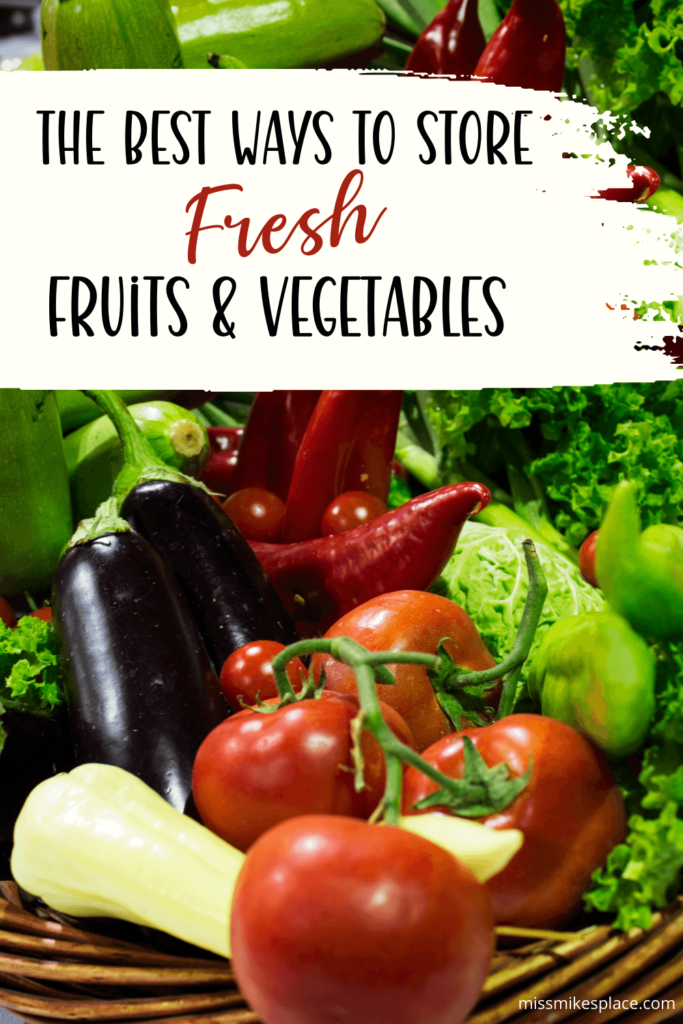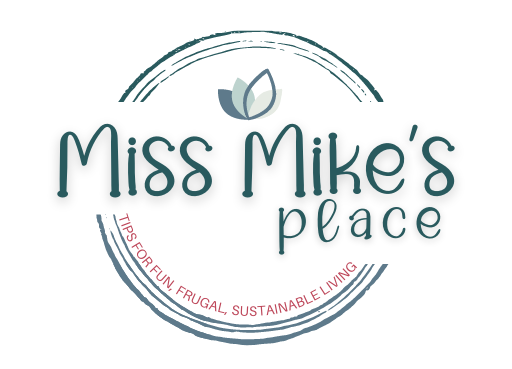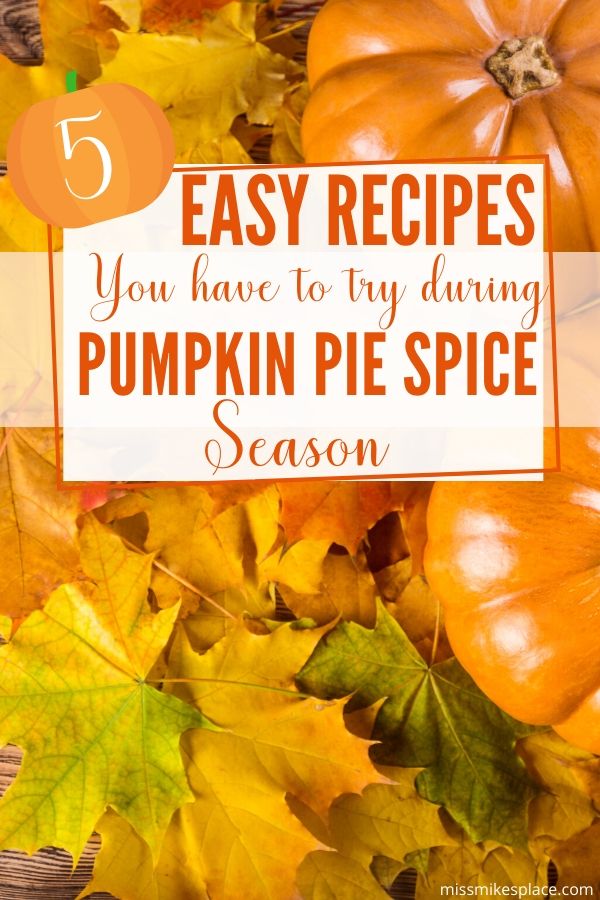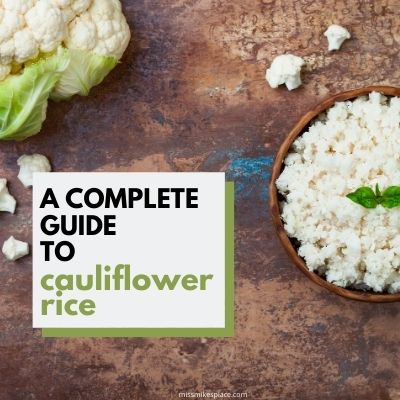How to Store Fresh Fruits and Vegetables
The Best Places to Store Fruits and Vegetables
Spoiler alert! There is not one BEST place to store fresh fruits and vegetables. There are a few ways to slow down ripening, but it’s not a one-size-fits-all approach.
Separate those fruits and vegetables that emit high levels of ethylene gas from others that ripen more quickly when they are exposed to these higher levels of ethylene gas.
Store in airtight containers or bags that absorb excess ethylene gas to protect other foods.
Read my Comparison of produce saver containers for more information on how they perform and what I recommend.
The most common conditions that will slow down ripening are:
- cooler temperatures for some produce
- reducing oxygen, increasing carbon dioxide
- blocking the action of ethylene gas
Knowing the ideal conditions for the fresh produce you have in your kitchen will extend the “shelf life” and ensure the best flavor.
Reducing food waste in your kitchen is a good idea for your wallet and for the planet.
Throwing spoiled food into the garbage means you have to spend twice as much to eat. You’ve thrown food away that you bought, and now you have to buy more food to eat.
AND you are throwing methane-producing spoiled food into an already over-taxed landfill.

General Guidelines for Storing Fresh Fruits and Vegetables
How to store fresh fruits and vegetables in the fridge
A standard refrigerator comes equipped with 2 crisper drawers. They have adjustable vents that you use to control the humidity levels in each crisper.
Many fruits last longer in a low humidity environment, while high humidity is a better environment for vegetables.
By adjusting these vents you can create the ideal conditions for what you are storing in each produce drawer.
Low Humidity
The best place to store citrus fruits, grapes, figs, apples, cherries, blueberries, or green onions is in the crisper set to low humidity.
Delicate berries such as blueberries, strawberries, and raspberries are typically packaged in a clamshell container from the grower or packager to ship to your grocery store.
As a general rule, it’s best to keep them in that original sealed container. The design protects these delicate foods from bruising. They’re vented for good air circulation and have built-in ridges to keep excess moisture away from the produce.
Wrap green onions in a damp paper towel and then put them in a plastic bag. They will last a fairly long time if you treat them with care.
High Humidity
Store cauliflower, green beans, artichokes, celery, broccoli, Brussel sprouts, cabbage, and other leafy greens and lettuce in a high humidity environment.
Store root veggies the same way, but remove the greens before storing. This includes carrots, beets, turnips, fennel, radishes, and kohlrabi. If you plan to eat the greens, store them wrapped in a moist paper towel and put them in a plastic bag or airtight container.
Store woody herbs such as rosemary, thyme, sage, and oregano in this high-humidity crisper.
The conditions in this high humidity environment mimic what you would find in a root cellar. Without creepy things.
What to store on a fridge shelf
There are several items that don’t have to be stored in a crisper drawer.
Store mushrooms unwashed in a brown paper bag on a fridge shelf. Wipe off with a damp paper towel before eating or cooking.
Other items include watermelon, asparagus (store spears upright in a glass with an inch of water, covered by a plastic bag), and herbs like cilantro, dill, mint, and parsley wrapped in a moist paper towel and placed in a plastic bag.
For tender herbs, you can treat them like a bouquet of flowers. Simply snip the ends, and put them in a small jar with a couple of inches of water. I use a small jelly jar. The leaves should not touch the water.
Fresh herbs can stay on the counter like this if you will be using them in a couple of days. For longer storage, cover your “bouquet” with a sandwich baggie or plastic wrap and store it in the refrigerator for up to 2 weeks. Change the water as it becomes discolored.
What to store on the counter
Store tomatoes, avocados, bananas, uncut pineapple, and pomegranates on the counter. The countertop is safe for tropical fruit like mango and papaya, as well as, kiwi, whole canteloupe and honeydew melon, peaches, pears, and other stone fruit.
They will be good at room temperature away from direct sunlight for about 3 days.
To stop or slow down the ripening process it’s OK to put ripe tomatoes, bananas, and avocados in the refrigerator for a few days. The bananas will discolor slightly, but the fruit inside will remain fresh.
These measures are good for the short term only.
Once they go into the fridge it’s best to store them in airtight containers, separate from other fruits and vegetables because they emit ethylene gas and will affect other produce stored nearby.
Helpful tips:
Remember, you can put ripe bananas in the freezer and save them for smoothies or to bake a loaf of banana bread or a tray of muffins another day.
Simply peel the bananas and put them in a resealable plastic or silicone freezer bag. They will get soft and mushy, just the way you want them for banana bread.
The best way to store pineapple after peeling and removing the core is in an airtight container. Cut into chunks and use it every day in juice, smoothies, or sauteed as part of a curried dish. Pineapple can also be frozen, just place chunks in an airtight freezer bag and pull out what you need.
Cantaloupe and honeydew melon should be peeled and seeded. They can be stored in an airtight container in the fridge for 3-5 days.
What to store in a cool dry dark place
A pantry is one of the best places to store potatoes, including sweet potatoes, and eggplant. If you don’t have a pantry you have to get more creative. A basket or kitchen cabinet will work. They need air circulation, so don’t store them in plastic.
Store onions and garlic in a similar environment, just not close to the potatoes.
Why some foods should be stored separately
The short answer is ethylene gas. It’s the naturally occurring plant hormone that, among other functions, causes fruits and vegetables to ripen. Think of it as an aging hormone.
It is also used to control ripening in produce that will be transported. Produce is picked when it’s green, allowing for transportation time. It’s then sprayed with ethylene gas to trigger ripening at the opportune time.
Some fruits and veggies slow down ethylene production when they ripen, and some continue to produce ethylene, well, until they rot.
Produce that continues to emit ethylene should be stored separately to reduce the effects it has on other fruits and veggies.
High ethylene-producing foods
Store apples, onions, avocados, bananas, and most stone fruits (peaches, plum, apricots, and mangoes) separate from foods that are sensitive to ethylene gas.
Low ethylene-producing foods
Cabbage, broccoli, Brussel sprouts, and asparagus are examples of produce that will ripen more quickly when exposed to the ethylene gas being emitted.
Helpful Storage Tips
- Room temperature is 68°F – 72°F
- Refrigerator temperature should be 40°F or below
- Don’t wash fresh produce until you are ready to eat it
- Cut the greens off of root vegetables before storing
- Separate high ethylene emitting items from other fruits and vegetables
The next time you make a trip to your local farmer’s market you will have a good idea of how and where to store the fresh produce you want to buy.
Like all perishable foods you purchase, your best bet is to have a plan to use them in the short term.



